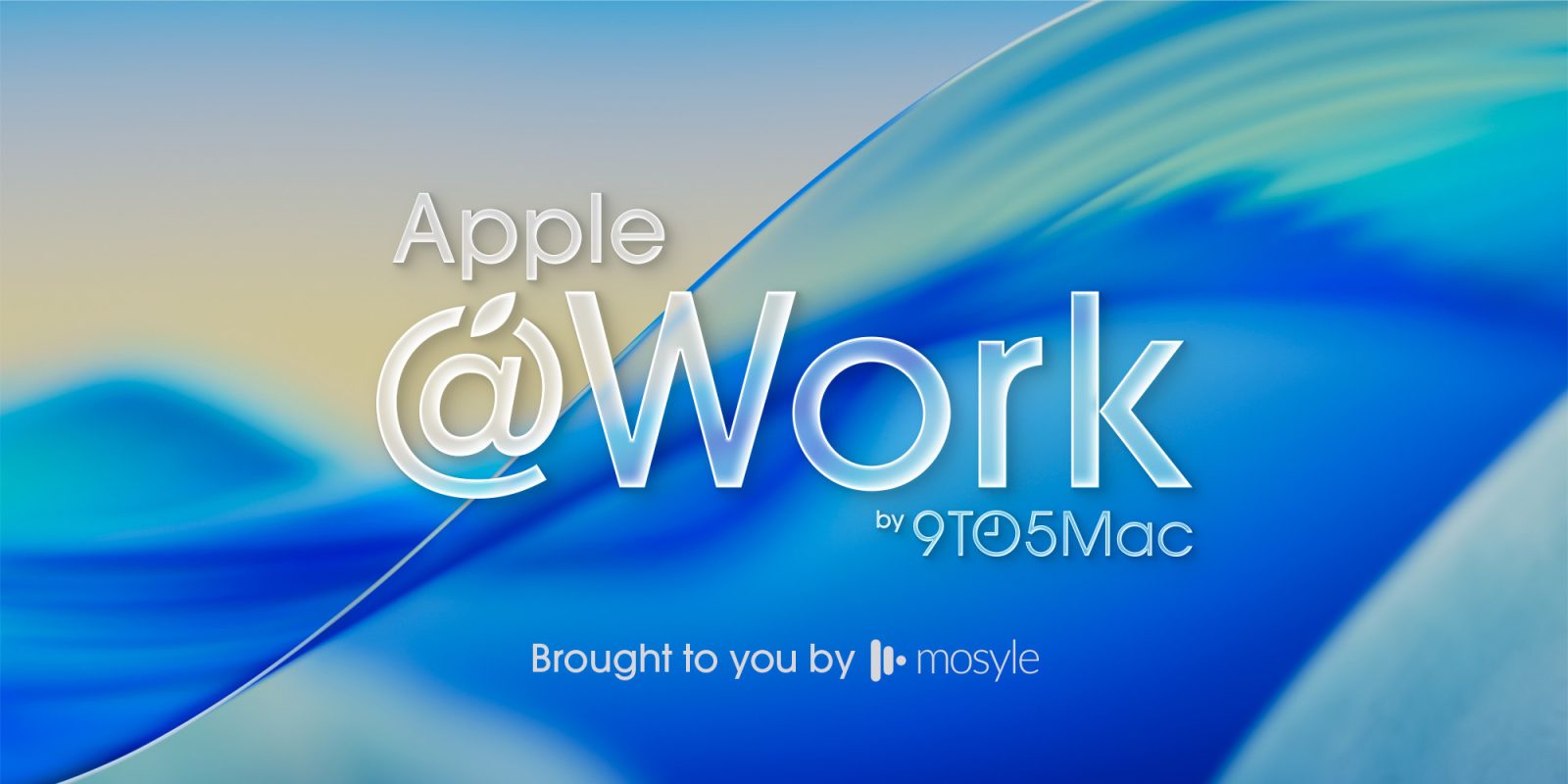The launch of the Apple Vision Pro is set to have a significant impact on healthcare, particularly in enhancing communication for individuals with severe neurological conditions. A clinical study conducted by Cognixion is exploring how this innovative device can assist people living with Amyotrophic Lateral Sclerosis (ALS), spinal cord injuries, and stroke-related impairments. The study aims to combine brain signals, eye tracking, and artificial intelligence to improve communication capabilities for those affected.
The research is part of a broader initiative that highlights the potential applications of the Apple Vision Pro beyond entertainment and general productivity. This clinical trial, which will run through April 2026, addresses the communication challenges faced by over 14 million individuals in the United States living with neurological conditions. Although the device is not yet cleared by the FDA for sale, the findings could pave the way for advancements in accessibility technology and communication methods in the future.
Innovative Technology Meets Healthcare Needs
The design of the Apple Vision Pro makes it particularly suitable for healthcare innovation. Its high-resolution video passthrough enables patients to see and interact with their surroundings while utilizing digital overlays for communication. Cognixion specializes in non-invasive brain-computer interfaces, utilizing its Nucleus technology, which reads electrical activity from the brain using sensors in an EEG headset. When this technology is integrated with the Apple Vision Pro, it allows for the translation of brain signals into commands within the device’s spatial computing environment.
Apple’s commitment to accessibility plays a crucial role in this research. The Vision Pro’s accessibility framework has been developed over many years and includes features like Eye Tracking, Dwell Control, AssistiveTouch, and Switch Control. These tools empower individuals with limited or no motor control to navigate and select items without requiring physical interaction or speech, thus broadening the scope of who can effectively use the device.
The Broader Impact of Accessibility Technology
The work of advocates, such as accessibility expert Steven Aquino, underscores the importance of integrating accessibility into technology. Aquino has consistently pointed out how advancements in operating systems and devices have meaningful implications for those relying on assistive technologies. This perspective reinforces the idea that accessibility is not merely an add-on but essential for enhancing user experience across the board.
While Apple did not design the Vision Pro specifically as a medical device, the accessibility framework embedded in its operating system, visionOS, is facilitating critical medical research. The results of this study could redefine how accessibility technology evolves, demonstrating Apple’s influence on various industries without directly entering them.
The collaboration between Cognixion and Apple highlights an important shift in the approach to healthcare technology. By leveraging existing hardware and software infrastructure, Cognixion can focus on its EEG and AI systems, promoting innovation without the need to develop a new operating system.
The ongoing research with the Apple Vision Pro presents an exciting opportunity to explore uncharted territories in communication for those facing significant challenges. This initiative not only showcases the potential of modern technology but also reflects a broader commitment to inclusivity in design, ultimately leading to improved quality of life for individuals with disabilities.
As the clinical study progresses, the findings may inspire future developments in both accessibility technology and healthcare solutions, illustrating how the fusion of technology and human-centered design can lead to transformative outcomes.


































































